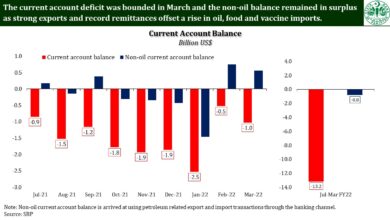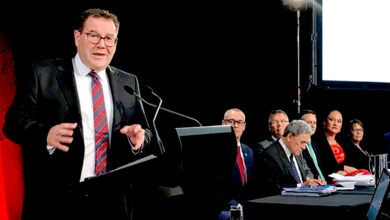Investors in US stocks worry about a recession as they say goodbye to 2022.

Stocks in the U.S. have had a rough year, but investors are getting ready for a recession in 2023, so the pain on the market may not be over yet.
With only a few trading days left in 2022, the benchmark S&P 500 index is down 19.8% so far and on track for its biggest annual drop since 2008. This is because the Federal Reserve is starting its most aggressive cycle of tightening monetary policy in decades to fight rising inflation.
Even though inflation hasn’t been tamed yet, Wall Street is shifting its attention to what might happen if the Fed keeps raising interest rates: a slowdown in the economy in 2023.
Related: Asian stocks go down because people think the Fed will have to keep being tough.
BlackRock (NYSE:BLK), which is the largest asset manager in the world, Barclays (LON:BARC), and Oxford Economics are among the companies that think there will be at least a mild recession. In a survey by BofA Global Research, fund managers said that a deep global recession and high inflation that doesn’t go away are the biggest risks to the market. A net 68% said that a downturn is likely in the next year.
Asset prices are also going down because people are worried about a recession. Since early 2022, the Treasury yield curve has been inverted, which is a sign that recessions are coming.
Chuck Carlson, the CEO of Horizon Investment Services, said, “It seems pretty clear that there will be a recession in 2023.” “The question is how much the market has already priced in a recession, and that’s where things get a little bit more complicated.”
On Thursday, the S&P 500 fell 1.45% because investors worried that the Fed would keep its “hawkish” stance.
Recessions are usually called by the National Bureau of Economic Research after they have already happened. Since job growth has been steady this year, it is less likely that a recession has already started.
If a recession starts next year, stocks could be in for another drop. Data from the past showed that a bear market has never reached its bottom before the start of a recession.
Ed Clissold, chief U.S. strategist at Ned Davis Research, said, “If we’re not in a recession right now but we’re going into one, it’s possible that we’ll test and break the October lows in the first half of the year.”
In October, the S&P 500 closed at 3,577.03, which is just over 6% below where it is now.
During recessions, stocks do poorly. Since World War II, the S&P 500 has fallen by an average of 29% during recessions, according to Truist Advisory Services. In October, the index was down just over 25% from its record closing high on January 3.
Next year, stocks could also move more than usual. Bespoke Investment Group says that the S&P 500 has moved at least 10% in either direction in the year after a drop of 15% or more.
The S&P 500 returns around recessions (https://www.reuters.com/graphics/USA-STOCKS/YEAREND/klvygglnzvg/chart.png).
EARNINGS OVERESTIMATED?
Investors are also trying to figure out how much slower growth has been taken into account in the earnings of companies.
Refinitiv IBES says that most analysts expect the earnings of the S&P 500 to rise by about 5% in 2023 and to show at least a small year-over-year gain in every quarter of next year.
Clissold says that during recessions, earnings fall by an average of 24% per year, so there is a lot of risk for profits if there is a slowdown.
Matt Peron, director of research at Janus Henderson Investors, said that stocks usually move in the same direction as earnings. “If it takes about a year for rate hikes to work their way through the system, we still have six months before we feel the full force of it.”
One unknown is whether or not consumer prices, which rose less than expected for the second month in a row in November, will go down fast enough for the Fed to stop raising rates as soon as Wall Street expects.
Many investors think that rates will reach their highest point in the middle of 2023, but policymakers said earlier this month that the benchmark interest rate will need to rise next year to a higher level than they had thought before in order to bring down consumer prices.
“Inflation worries are giving way to growth worries on the market,” said Mona Mahajan, a senior investment strategist at Edward Jones. “The story will go off the rails if there are any inflationary shocks that nobody saw coming.”
Related: Asian stocks drop because people are worried about a recession, and weak data hurt the Nikkei.
Still, strategists polled by Reuters last month think that the S&P 500 will end the year 2023 at 4,200, which is about 10% higher than where it is now.
One way this could happen is if the economy goes into a recession early in 2023 and gets out of it quickly. Clissold, of Ned Davis, says that the bottom of a bear market has come about four months before the end of a recession.
If a recession ends by the end of 2023, “we could be looking at a new bull market by the second half of the year,” he said.





